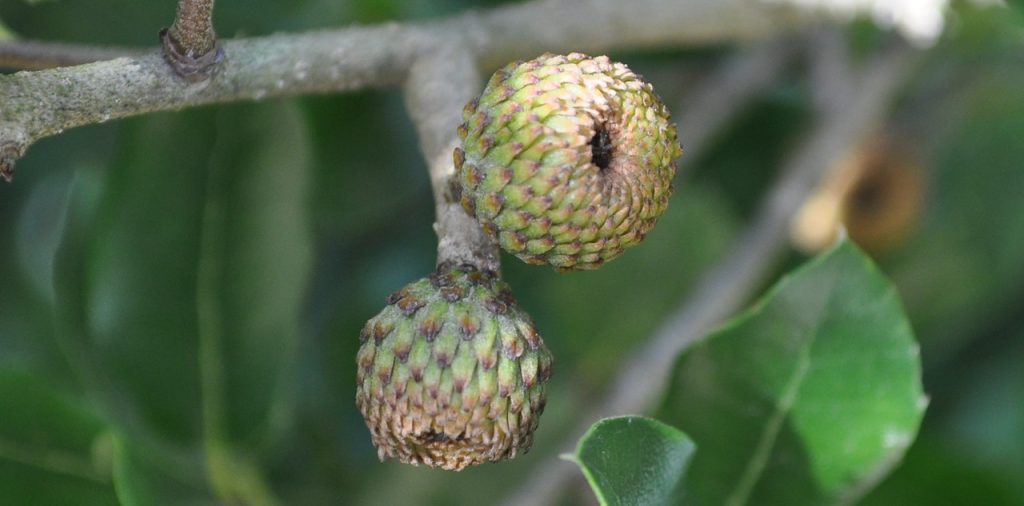Quercus dumosa: A Comprehensive Guide

Introduction
Quercus dumosa, commonly known as Scrub Oak, stands as a species of oak within the Fagaceae family. This guide provides insights into its care, longevity, common pests, diseases, and more, highlighting its unique features and ecological importance.
Overview
Distribution
Quercus dumosa is native to Mexico and the U.S. state of California. Unfortunately, it faces threats due to habitat loss. The species lends its name to the Quercus dumosa chaparral, a plant community where oak and toyon often co-dominate in the chaparral ecosystem.
Description
This evergreen tree or shrub typically reaches a height of 1 to 3 meters, emerging from a large, deep root. The leaves feature spines or serrated edges. Its fruit, the acorn, measures up to 1.5 centimeters in width. While some individuals yield abundant acorn crops, others produce fewer fruits. Acorns are dispersed by gravity as they fall from the tree and are also collected by animals such as squirrels and jays. Animals either consume them immediately or store them for later use. Acorns tend to germinate easily, with seed reproduction primarily occurring in very wet years.
Care for Quercus dumosa
Soil and Water
- Thrives in well-drained soil.
- Maintain a balance in watering, avoiding excessive moisture.
Sunlight
- Prefers full sunlight for optimal growth.
Longevity
The lifespan of Quercus dumosa varies, with many individuals living for several decades. Ensuring a healthy environment enhances the longevity of these plants.
Common Pests and Diseases
Pests:
- Aphids: Regular checks to prevent aphid-related issues.
- Caterpillars: Monitor for oak moth caterpillars, especially during vulnerable growth stages.
Diseases:
- Powdery Mildew: Implement preventive measures to counter powdery mildew.
- Root Rot: Avoid overwatering to mitigate the risk of root rot.
Frequently Asked Questions
1. What is the significance of Quercus dumosa in chaparral ecosystems?
Quercus dumosa plays a significant role in the chaparral ecosystem, co-dominating with toyon in the Quercus dumosa chaparral plant community.
2. How are acorns of Quercus dumosa dispersed?
Acorns are dispersed by gravity as they fall from the tree and are also collected by animals like squirrels and jays.
3. When does seed reproduction typically occur?
Seed reproduction through acorns generally takes place in exceptionally wet years.
Conclusion
Quercus dumosa, with its unique characteristics, contributes to the biodiversity of California and Mexico. By understanding its needs and potential challenges, we can contribute to the conservation of this valuable species.

Leave a Reply
You must be logged in to post a comment.